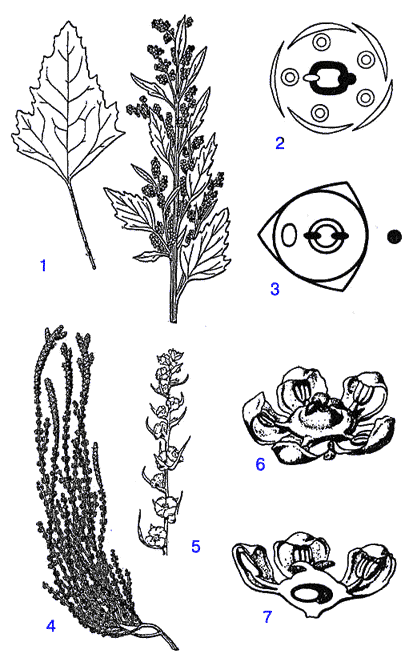Gene superfamily: cytochrome P450 gene family; (@CYP1 @CYP2 @CYP3 CYP3A5P1 @CYP4 CYP7A1 @CYP11 CYP17 CYP19 @CYP21 CYP24 CYP26A1 CYP27A1 CYP27B1 CYP51 PTGIS)
|
COM |
In the paper Nebert-1989 the CYP gene nomenclature had been revised. This have resulted in the partial alterations in their HGM names. Up to the present, the enumeration of orthologic genes in different species were developed independently. The characteristic of the novel classification is that the individual gene enumeration within a subfamily is now unified and continuous for all eukaryotes. As a result, the enumeration of one subfamily genes in certain species may be interrupted. For example, in human subfamily CYP2B the enumeration begins with C2B6, since numbers from 2B1 to 2B5 is ascribed to genes of the CYP2B group previously (before 2B6) revealed in other mammals. The re-arrangement is however assumed to be undertaken. It will be required after refining the nature of expression products of these genes (in corresponding species), when it will be clear which of 2B genes are actually orthologic (i.e. coding for enzymes with identical specificity). Then the obvious orthologs in different species will acquire the identical numbers." |
|
FAG |
In the human genome there have been revealed already 40 genes belonging to 11 families (I-IV, VII, XI, XVII, XIX, XXI, XXIV, XXVII) of the large superfamily of cytochromes P450. Most of these have been mapped definitively or preliminarily. Genes of a number of subfamilies are clustered (e.g. 4 genes of the 3A group on chromosome 7, 5 genes - CYP2C8, 9, 10; CYP2E1 and CYP17 on chromosome 10, the same number on chromosome 19, 4 genes on chromosome 15, and 6 genes on 22.) Some of cytochromes (CYP6 and CYP26) are not yet found in man." |
|
HET |
Among the clinically manifesting types of pathology associated with deficits of certain forms of P450 cytochromes the MIM catalogue describes the following variants of inherited adrenal hyperplasia (IAH; all forms are autosomal recessive): form I (GEM:15q2/CYP11A; MIM:201710), form III (GEM:06p2133/CYP21); form IV (GEM:08q21/CYP11B1; MIM:202010), and form V (GEM:10q243/CYP17; MIM:202110). Form II IAP is associated with the deficit of 3-beta-hydroxisteroid dehydrogenase (MIM:201810) which gene is unidentified as yet. The familial gynecomasty associated with enhanced activity of CYP19 is also independent genetic entity (GEM:15q211/CYP19; it is presented in the MIM:107910 as the autosomal dominant sex-limited marker)." |
|
REF |
SUM,REV,EVO,FUN "Gonzalez &: Cold Spring Harbor Symp, 51, (Part 2),
879-890, 1986 SUM,REV,EVO,FUN "Nebert &: DNA, 8, N1, 1-13, 1989 SUM,REV,EVO,FUN "Nebert &: DNA, 6, N1, 1-11, 1987a SUM,REV,EVO,FUN "Nebert, Gonzalez: Annu Rev Biochem, 56, 945-993, 1987b |
